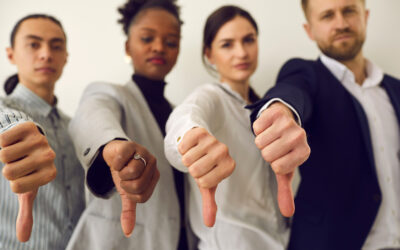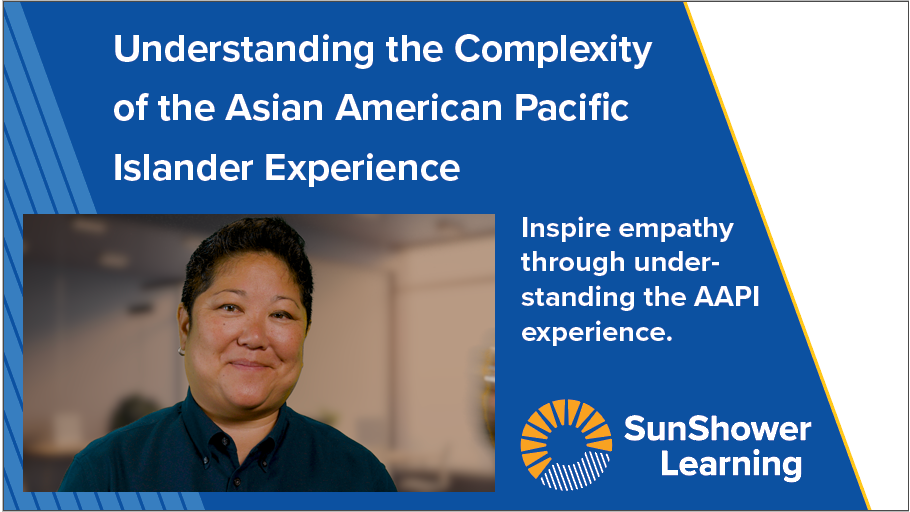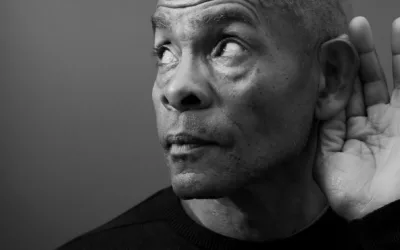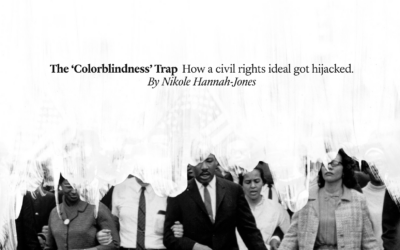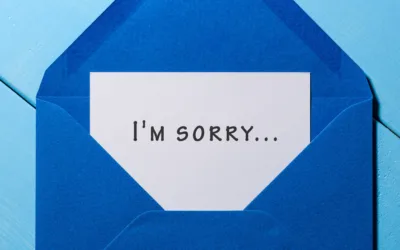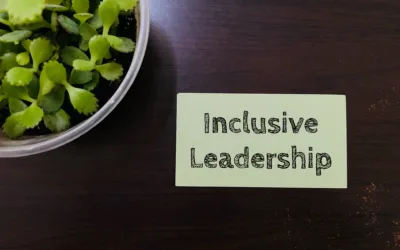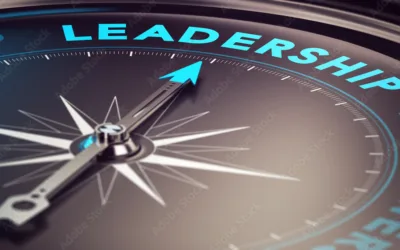The illusion of inclusion
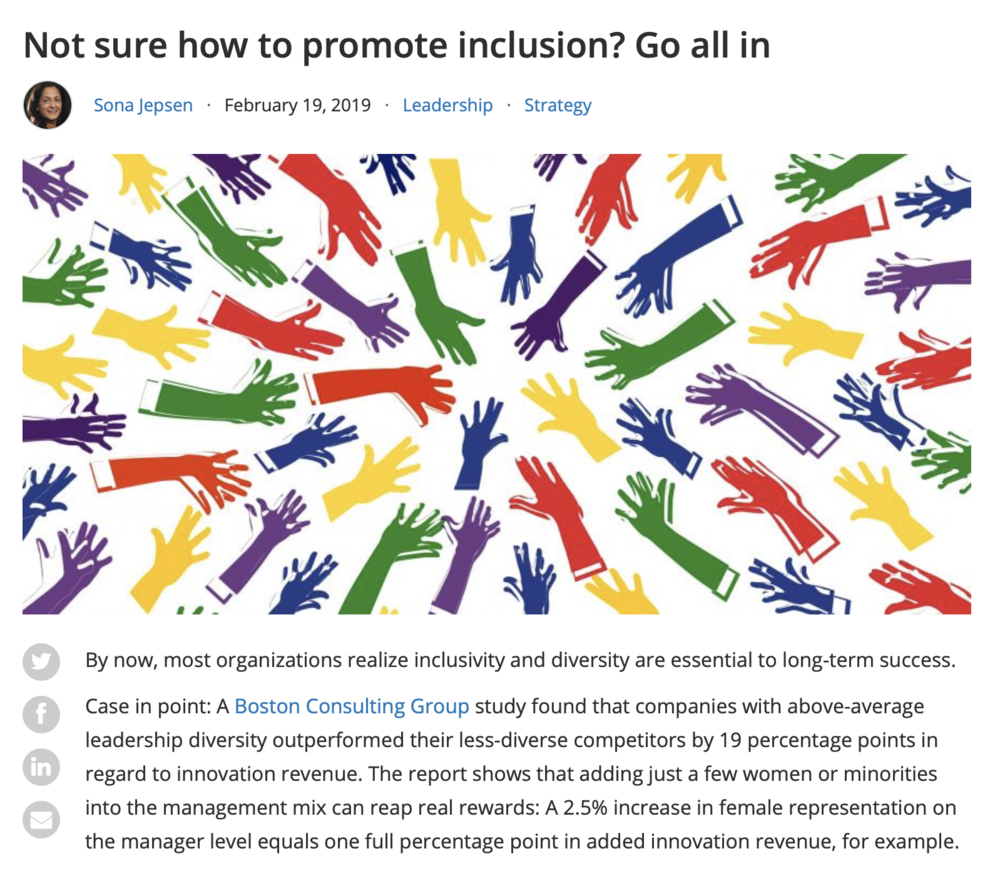
Common mistake #1: increasing diversity means you’re increasing inclusion.
Common mistake #2: Diversity & Inclusion are kind of the same thing
This article sets the record straight:
”True inclusion must take into consideration context to determine whether it is successful. For instance, the Harvard Business Review looked at the failed attempts of big corporations to improve inclusion. They could prove they had hired a certain number of employees from particular backgrounds, but they weren’t necessarily allowing those workers to participate fully. In fact, a “filling the seats” diversity focus often led to increased bias and related behaviors among colleagues. Though they looked diverse on paper, they acted quite the opposite.”
From my experience, this is a natural outcome of focusing on content (diversity numbers) and ignoring context (inclusiveness). Some bean counters think that if the ratios look right, then the problem is solved. Wrong. It takes both. I like to say that diversifying is the science and becoming more inclusive is the art.
How do you recruit, hire and then welcome people? Does your organization have a set of values around respect and inclusiveness that everyone knows? Are those values linked to behaviors and are your performance evaluations for reward and advancement aligned with them?
Remember, it’s not about the numbers, it’s about the inclusiveness. And studies are showing that the more inclusive a workplace is, the more innovative it is, too. As Steve Robbins says in our program, Inclusion Insights, “Diversity has been about counting people. Inclusion is about making people count.”
More From Our Blog…
Understanding Employee Responses to DEI Initiatives: Insights and Strategies
A recent study sheds light on a previously underexplored aspect of DEI training. While much focus has been placed on the facilitators, trainers and the content of DEI programs, this study examines how employees actually respond to the training. Published in Harvard...
SHRM’s Removal of “Equity” From DEI Framework: A Step Backwards Amid Growing Backlash
In a stunning step in the wrong direction, the Society for Human Resources Management (SHRM), the world’s largest HR association, has removed “Equity” from its “IE&D” framework. What message does this send, especially amid strong pushback against Diversity, Equity...
Navigating the Shifting Landscape of Diversity, Equity and Inclusion Programs
In the midst of the evolving landscape of corporate diversity initiatives, there's a seismic shift underway. The once-prominent acronym "DEI" - representing diversity, equity and inclusion - is notably absent from many company discussions. As explained in the article...
A Groundbreaking New Course: Understanding the Complexity of the Asian American Pacific Islander Experience
With over two decades of experience in the educational sector, Hideko Akashi, founder and lead consultant at Liberation Consulting, has been a steadfast advocate for diversity, privilege, social justice, inclusion and equity. Now, she's opening a new chapter with the...
The Deafening Silence of DEI Allies: A Call to Action in Troubled Times
As we commemorate the legacy of Rev. Dr. Martin Luther King Jr., his poignant words echo through the corridors of history, reminding us of the profound impact of silence in the face of injustice.” In the end, we will remember not the words of our enemies, but the...
DEI LEAP: Empowering Leaders Through Turbulent Times
DEI LEAP: Empowering Leaders Through Turbulent Times As we all know, 2024 has brought a wave of attacks against DEI. A handful of outspoken critics, such as Elon Musk, are misrepresenting DEI and attacking the strategies and practices that are creating more equitable...
The Colorblindness Trap
Read. This. Article. It's important. The Color Blindness Trap: How a civil rights ideal got hijacked Nikole Hannah-Jones is a domestic correspondent for The New York Times Magazine focusing on racial injustice. Her extensive reporting in both print and radio has...
The Unbearable Lightness of the “I’m Sorry if You Were Offended” Apology
Have you ever come across that non-apology apology? You know, the one that goes, "I’m sorry if you were offended," or its close cousin, "I’m sorry that you…" These non-apologies aren't just weak; they can actually inflict more harm and exacerbate hurt feelings. They...
The Power of Diversity: McKinsey’s Latest Report Reinforces the Business Case for Inclusive Leadership
In an era where corporate social responsibility is no longer just a buzzword but a fundamental aspect of successful business strategies, McKinsey's latest report, "Diversity Matters Even More: The Case for Holistic Impact," underscores the undeniable link...
“Laying Low” Is the Wrong DEI Strategy
“The ultimate measure of a man is not where he stands in moments of comfort and convenience, but where he stands at times of challenge and controversy.”- Martin Luther King, Jr. In an era marred by politicized attacks on diversity, equity and inclusion (DEI), Shaun...


